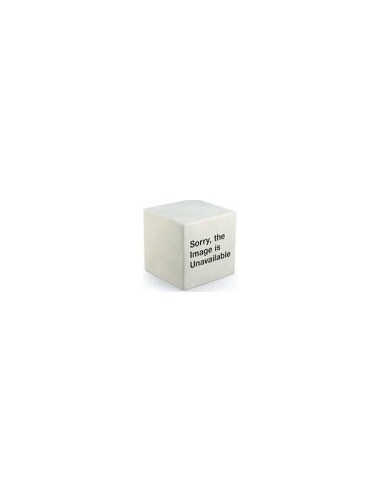Protein Marker
Standard Protein Marker for SDS-PAGE
This is a protein standard marker for the molecular weight determination of proteins using SDS-PAGE. Custom order product which includes 50 vials or the marker.
Each vial of molecular weight protein standard comes lyophylized with 10mg/vial of protein and contains the following 6 proteins:
| PROTEINS | Molecular Weights (kDa) |
| 1. Phosphorylase B | 97,400 |
| 2. Albumin (Bovine, BSA) | 67,000 |
| 3. Albumin (Egg) | 45,000 |
| 4. Carbonic anhydrase | 29,000 |
| 5. Trypsin inhibitor (soybean) | 21,000 |
| 6. Lysozyme (Chicken Egg) | 14,400 |
Store at 2 to 8C
Reconstitute to a final concentration of 1mg/ml with SDS sample buffer (125 mM Tris-HCL, pH 6.8, 2% SDS, 15% glycerol, 10mM DTT, 0.025% Bromophenol blue, 0.025% Oragnd G).
Apply 5ul on SDS PAGE mini-gel
To search for other protein markers, IEF markers and DNA standards please click on this link.
General information on Protein Markers for molecular weight determination of proteins by SDS-PAGE:
SDS-PAGE (sodium dodecyl sulfate-polyacrylamide gel electrophoresis) is a widely used technique for the separation and analysis of proteins based on their molecular weight. In SDS-PAGE, proteins are denatured and coated with SDS, an anionic detergent, which imparts a negative charge to the proteins proportional to their mass. As a result, the proteins can be separated solely based on their size as they migrate through a polyacrylamide gel under an electric field.
To determine the molecular weight of proteins in SDS-PAGE, protein markers or molecular weight markers are employed. These are a mixture of proteins of known molecular weights that are run alongside the samples being analyzed. Protein markers serve as a reference to estimate the size of unknown proteins based on their migration pattern relative to the marker proteins.
The protein markers used in SDS-PAGE typically consist of a range of proteins with known molecular weights, often expressed in kilodaltons (kDa). The marker proteins are selected to cover a broad size range, allowing for the estimation of the molecular weight of proteins in the sample. Commonly used protein markers include:
Low Molecular Weight Markers: These markers contain proteins with molecular weights ranging from around 6 kDa to 40 kDa. They are useful for determining the size of small proteins.
High Molecular Weight Markers: These markers contain proteins with molecular weights ranging from approximately 50 kDa to 200 kDa or higher. They are used to estimate the size of larger proteins.
Prestained Markers: Some protein markers are pre-stained with dyes, such as Coomassie Blue or fluorescent dyes, making them visible during or after electrophoresis without requiring additional staining steps. This simplifies visualization and helps in determining the migration distances accurately.
When running SDS-PAGE, the protein markers are loaded in a separate lane alongside the samples. After electrophoresis, the gel is stained to visualize the protein bands, and the migration distances of the marker proteins are compared to the bands in the sample lane. By correlating the migration distances of the sample proteins with those of the marker proteins, the approximate molecular weight of the sample proteins can be determined.
It's important to note that the accuracy of molecular weight determination using protein markers in SDS-PAGE depends on factors such as gel composition, electrophoresis conditions, and the shape of the proteins being analyzed. Therefore, it is often recommended to run protein standards of known molecular weights alongside the samples for more precise molecular weight estimation.

